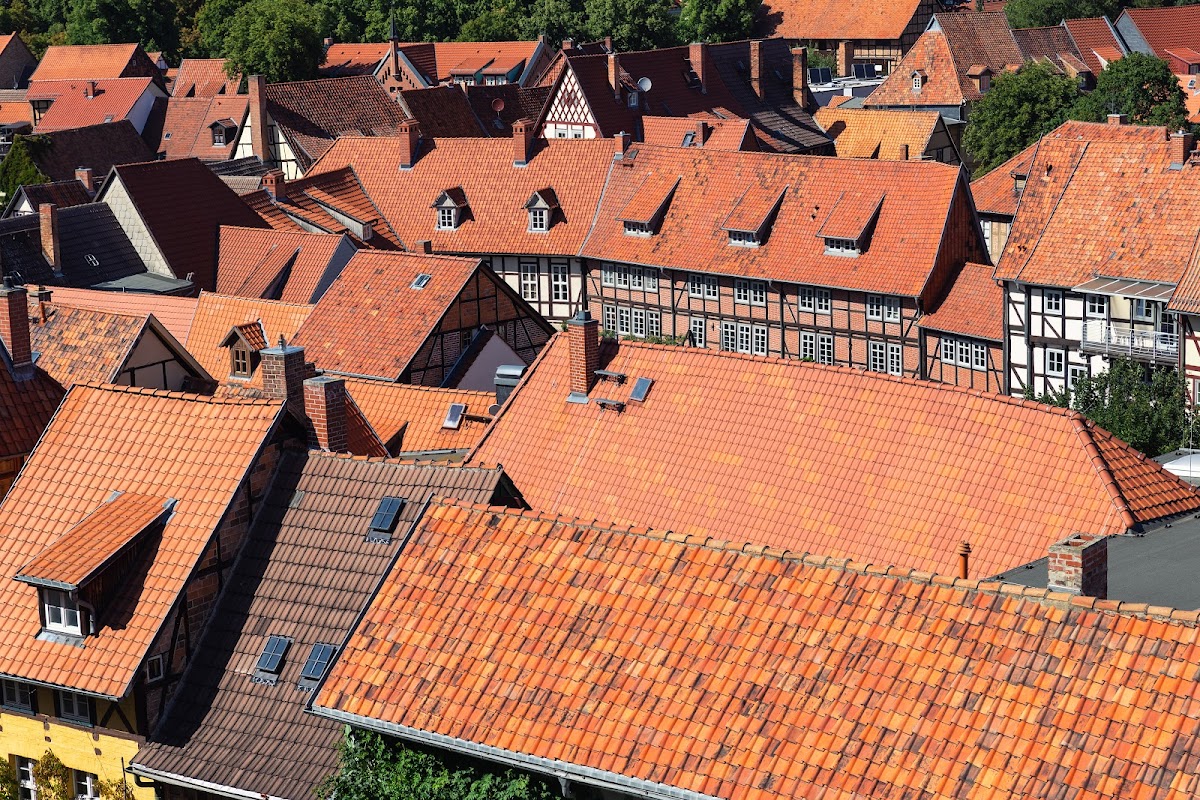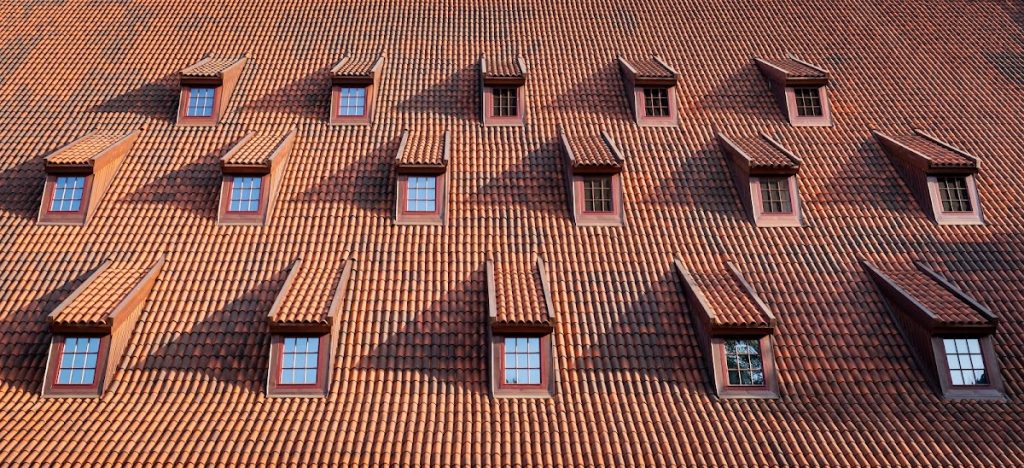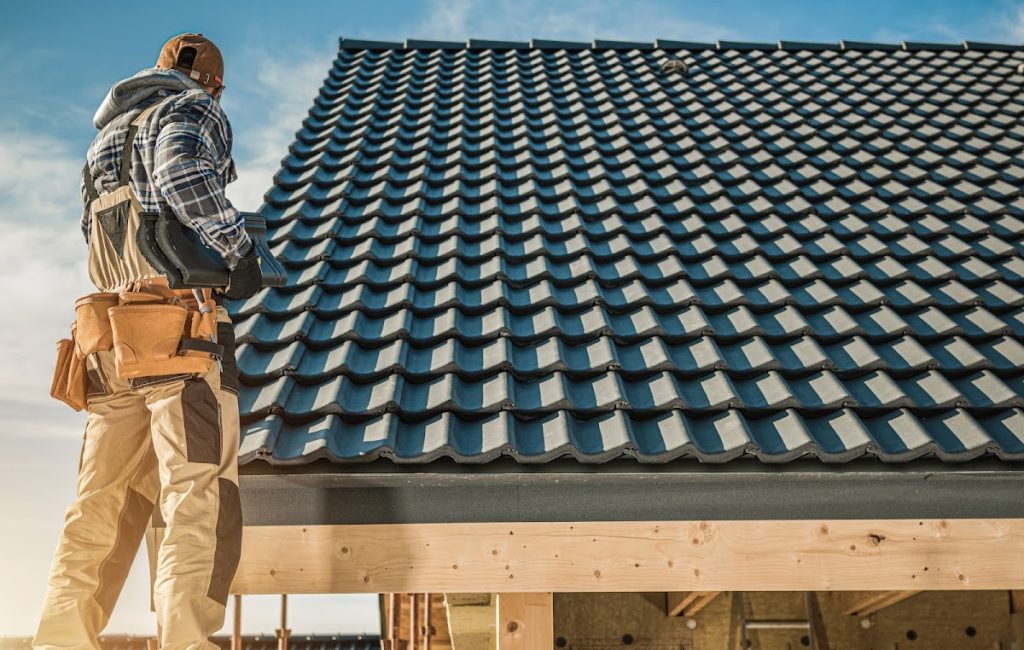Fired-clay tiles have protected everything from ancient temples to modern villas for millennia. Archaeologists have uncovered examples in China dating back nearly 5,000 years, and the Greeks were already swapping thatch for interlocking clay pieces around 700-650 BCE to tame wind-driven rain and stray embers from urban fires.
What keeps builders coming back is the marriage of brute durability and natural beauty. High-temperature firing vitrifies the clay, locking in pigment that won’t peel or fade, while the tiles’ mass and built-in ventilation cavity boost year-round energy efficiency. Add modern frost-resistant formulations, lightweight profiles, and color palettes that run from sun-washed terracotta to cool contemporary whites, and clay becomes as relevant to a minimalist beach house as it is to a Mediterranean estate.
For over half a century, Verea has been transforming the rich clay of Galicia, Spain, into roof tiles that look ageless on day one, and keep performing long after other materials give up. Every Verea profile carries a Grade 1 rating under ASTM C1167, with laboratory break-strength scores that exceed the standard by up to 300 percent. That confidence is backed by a written Limited Lifetime Warranty for U.S. homeowners.
 Clay Tiles Are Built For A Lifetime
Clay Tiles Are Built For A Lifetime
Actual clay roof tiles begin where every durable material starts: raw earth. Verea Clay Tile kneads that earth with water, presses it into shape, and drives it through kilns topping 1,800 °F. At that temperature, the body vitrifies, sealing microscopic pores the way glass locks out moisture. The result earned ASTM C1167 Grade 1 status, survived a hundred freeze-thaw cycles without cracking, and carries a Class A fire rating, no surface treatments required.
Thousands of years of evidence backs those numbers. Archaeologists still lift intact Spanish barrel tiles from missions along the California coast. In the American Southwest, century-old churches remain weathertight under the same red curves their builders installed long before asphalt existed. Durability, this proven isn’t a promise; it’s a record.
Their Strength is One You Can Feel In A Single Tile
Pick up one Spanish “S” profile, and you’ll notice heft and harmony. At roughly six to eight pounds, each piece is light enough for modern truss systems yet heavy enough to stay put when a coastal storm howls. That curved silhouette also acts like a miniature arch, spreading loads across the deck instead of concentrating stress in one brittle spot.
- Low water absorption (3–4 %) means winter freezes can’t burst the tile from within.
- Break load above 600 lb lets crews walk the roof without leaving behind a patchwork of hairline cracks.
- Impact ratings up to Class 4 stop golf-ball-sized hail that would shred lighter materials.
- Fire performance at the highest tier keeps embers from wildfires or chimney sparks from finding fuel.
Homeowners rarely memorize those metrics, but they do notice that clay roofs ride out hurricanes, hailstorms, and hundred-degree summers with barely a scratch.
Lighter on Structure, Heavy on Performance
When people hear “clay tile,” they imagine tons of extra dead load. Verea turns that assumption on its head. Independent testing shows a finished Verea roof tipping the scales well below most concrete systems:
- Spanish S: about 686 lb per 100 sq ft
- Flat: roughly 794 lb per 100 sq ft
- True Barrel: about 862 lb per 100 sq ft
The interlocking Flat tile weighs about 800 lb per square foot (hundreds less than many concrete alternatives), so remodels often avoid costly rafter upgrades while still gaining clay’s thermal mass and rigidity.
It’s easy to overlook the roof when calculating energy performance, yet Oak Ridge National Laboratory recorded daytime attic temperatures 20–45 % lower under clay assemblies than under asphalt. Why? Thermal mass absorbs heat during peak hours and releases it long after the sun sets, while the air channel beneath each course vents excess warmth. Add light-colored or reflective glazes, and the delta widens further.
Many existing rafters are sized for 10–12 psf. Verea’s Spanish S comes in around 7 psf, and even the heaviest Verea profile stays under 9 psf. For most retrofit jobs, this means keeping the framing you have instead of paying for new beams, sheathing, and engineering sign-offs.
Storm – Tested Engineering
No material rewards, thoughtful prep like clay. Budget a morning with your contractor or engineer and walk through these checkpoints:
- Structural capacity: Most modern homes already carry sufficient live load, but older stick-framed bungalows may need sistered rafters or additional collar ties. Confirm before ordering pallets.
- Underlayment selection: Opt for high-temperature synthetics rated at 250°F or above; they breathe, resist rot, and serve as a backup barrier.
- Fasteners and flashings: Stainless or hot-dipped nails outlive electro-galvanized varieties, and pre-formed metal pans at valleys seal vulnerable joints.
- Lead times: Specialty blends fire in batches. Order early and store on leveled pallets beneath a tarp.
- Maintenance stash: Keep a small stack (one or two percent) of extra tiles in the garage. A cracked piece from foot traffic becomes a five-minute repair.
If you plan well, Clay’s perceived drawbacks (weight, cost, schedule) will shrink to footnotes in the project binder.
Frequently Asked Questions About Clay Roof Tiles
- Does clay make the attic hotter in summer? No. The ventilated cavity under each course ferries heat away, often keeping attic temps lower than vented asphalt systems.
- Can I mount solar panels on clay? Absolutely. Installers use standoff brackets that lift rails clear of the tile surface. The best crews partner with tile-savvy roofers to swap out any pieces that need trimming.
- Will hail shatter my roof? Standard Class 3 or Class 4 tiles withstand lab impacts and real-world storms. Severe events may chip isolated tiles, but wholesale failure is rare, and spot repairs are simple.
- Is every clay roof bright red? Iron oxides create classic terracotta, but manganese, cobalt, and engobe coatings unlock browns, whites, blues, and charcoal grays without relying on surface paint.
Regulatory Strength
Municipal reviewers and insurers share one aim — to limit risk. Clay roofs simplify their work because their performance is already locked into the codes they enforce. Every Verea profile arrives with a Miami-Dade Notice of Acceptance confirming wind-uplift resistance above 150 mph and rain-penetration scores that satisfy Florida’s High-Velocity Hurricane Zone. The same packet bundles UL 790 Class A fire certification and FM 4473 Class 4 hail data, giving plan examiners a ready-made answer to every worst-case scenario.
Once work begins, risk keeps dropping. Tiles come on stackable pallets with breakage rates below one percent, trimming waste and limiting handling injuries. Factory-milled nail slots steer installers to the exact fastener location, while matched hip, ridge, and eave pieces remove improvisation at leak-prone edges.
Treating compliance, logistics, and safety as a single continuum, a clay system turns potential delays into routine tasks. Crews stay focused on schedule rather than surprise inspections, and homeowners gain confidence that every component aligns with the documents first stamped at the permit counter, even under tight budgets and accelerating project deadlines worldwide.
 How Verea Clay Roof Tile Stands Out
How Verea Clay Roof Tile Stands Out
Made only from clay, water, and fire, Verea tiles incorporate more than 40 % recycled clay from local quarries and are produced under ISO 14001 environmental management. With Verea clay roof tile, you shed unnecessary pounds, not performance. The roof stays light enough for older trusses, nimble in seismic events, and affordable to ship. Still, it delivers century-class durability, hurricane credentials, and the unmistakable richness of fired clay.
Longevity also depends on parts and people. Verea stocks every profile, accessory, and color blend at its Miami distribution hub, keeping lead times measured in days rather than months when storm repairs or additions arise.
Bringing It All Home
When you choose Verea Clay Roof Tiles, you get more than a beautiful finish; you lock in Grade 1 strength, a limited lifetime warranty, and a roof that’s several hundred pounds lighter per square than concrete alternatives, easing both structural loads and installation logistics.
Head to VereaClayTile.com to:
- Browse the digital catalog for every profile, color, and blend in high-resolution detail.
- Download technical sheets and Miami-Dade NOAs, perfect for fast permit submittals and engineering sign-offs.
- Request a free consultation or speak directly with a specialist at +1 (786) 641-9154; the team can run load calculations, confirm inventory, and quote your roof in days.
Give your home or commercial building a roof that stays strong, vibrant, and worry-free for decades.


 Clay Tiles Are Built For A Lifetime
Clay Tiles Are Built For A Lifetime How Verea Clay Roof Tile Stands Out
How Verea Clay Roof Tile Stands Out